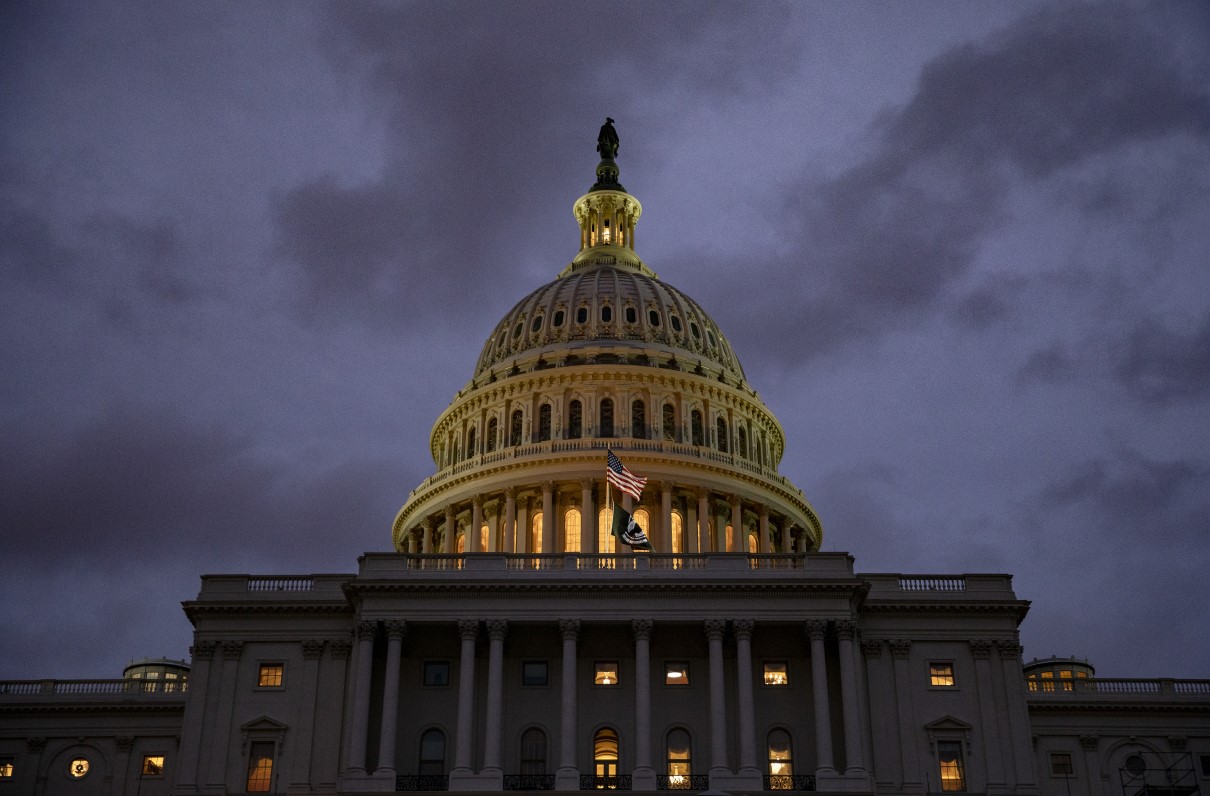While we at MOAA have cause for celebration with some recent defense authorization bill wins – the elimination of the “widows tax,” reforms to address military medical malpractice, and the establishment of a tenant bill of rights for families living in military housing, among others – there is a bigger looming monster.
Budget uncertainty continues to plague the Defense Department.
In the absence of a budget at the start of the fiscal year, Congress has two options: It can let appropriations lapse, resulting in a shutdown, or it can pass a stopgap spending measure known as a continuing resolution (CR), which provides temporary government funding while lawmakers work on a budget for the remainder of the fiscal year.
A CR continues funding at previously enacted levels, meaning tomorrow’s budgets are funded at yesterday’s rates. Without a current authorization bill, agencies can’t start new programs.
How bad was the last CR? Here’s MOAA’s analysis from November.
A $19 Billion Debacle
At a recent forum, Secretary of Defense Mark Esper called CRs “devastating” and noted a CR means DoD had to start the first two months of the new fiscal year with significantly less money than it projected.
“First of all, we're operating at $19 billion less than what we would have,” Esper said during a Dec. 7 interiew with Bret Baier of Fox News during the Reagan National Defense Forum. “Right now, we currently cannot conduct nearly 200 new-start programs, nearly 100 production increases with regard to items from munitions. I am missing training seats we cannot fill, exercises that we cannot conduct. I mean, the list goes on and on and on. So as that CR continues, our readiness goes down and down and down. Continuing resolutions are devastating, and that's why we need this appropriations bill passed.”
What could DoD have done with that $19 billion?
As you read this article, there are currently serving families suffering from the results of a very bad deal with privatized military housing partnerships. Some military family members will have lifelong medical problems resulting from mold exposure, lead paint, or contaminated drinking water. Many more families are spending the holidays in a hotel room while their housing undergoes mold remediation or renovations to shoddy construction.
That $19 billion could have gone to improving housing and barracks – a lasting investment for our servicemembers.
Esper is far from the only one to criticize CRs. Rep. Mac Thornberry (R-Texas), ranking member on the House Armed Services Committee, called repeated CRs “one of the most wasteful and abusive elements of the DoD budget.” He added that lawmakers “cannot expect Pentagon officials to be better stewards of taxpayer resources than Congress is, and we are setting a poor example when we throw away billions for every month we impose a CR.”
According to DoD spokesman Chris Sherwood, “CRs immediately disrupt training, impede readiness, delay maintenance, impose uncertainty on the workforce, and induce inefficient and constrained contracting practices. The longer a CR lasts, the more damage it does.“
A Simple Schedule
Here’s a look at how the budget process is supposed to work.
- January or February: The president outlines White House priorities in the State of the Union address. (This year, mark your calendars for Feb. 4.)
- First Monday in February: This is the “due date” for the administration to submit its budget request to Congress, but the releases vary from on-time through April. Delays have an impact on the subsequent actions by Congress. The past three budget releases came on March 11, 2019; 12, 2018; and March 16, 2017.
- Mid-March: Congressional committees submit their “views and estimates” to the House and Senate Budget Committees in response to the administration’s request. Committee leaders indicate their preferences on budget matters for which they’re responsible.
- April 15: Congress passes a budget resolution, committing itself to broad spending levels.
- May to July: Congressional committees hold hearings and work on their budgets for the upcoming fiscal year.
- Sept. 30: Congress completes its work on appropriations bills for the upcoming year.
That’s the blueprint, but with an increasingly divided Congress and lawmakers’ attention focused on the 2020 elections, it’s likely we’re heading toward another CR this fall. That is, unless we all pull together and convince our legislators to make a New Year’s resolution: Pass the budget and commensurate appropriations before Sept. 30, 2020.



